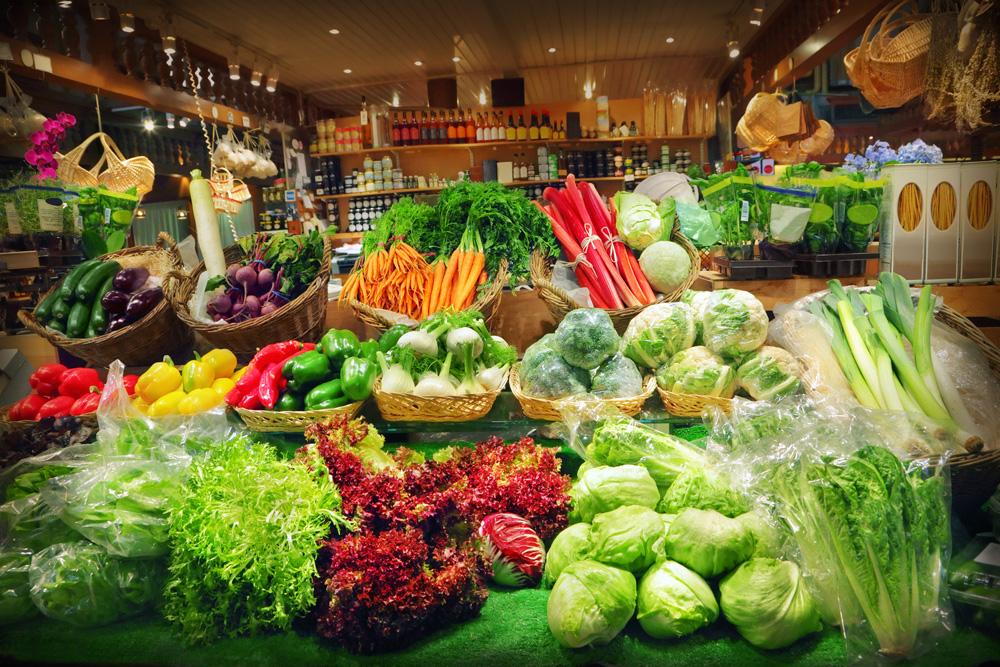Eat out the Fire: Nutrition’s Role in Managing Inflammation

- posted: Feb. 05, 2021
You have probably heard the expression, “A moment on the lips, a lifetime on the hips.” This is a bit hyperbolic, but did you know that, “a moment on the lips can become more than one moment IN our hips?” This may not be as catchy a phrase, but it can be more relevant to your diet. Eating right is about a lot more than just maintaining a healthy weight, which also affects pain levels, but also about managing inflammation in the body.
Inflammation is already correlated with many diseases, such as heart disease and cancer. Of course, this process of the body is not necessarily a bad thing, since we need to direct blood flow and immune system “attention” to certain areas of injury at certain times, but the tendency in the modern world is to eat foods that make us very effective at facilitating an inflammatory response, while not eating to be as efficient at reducing inflammation in the body.
So what are some examples of how what we eat affect our pain level and inflammation?
First, to “put out the fire” of inflammation, your body needs certain ingredients. For example, if we are not consuming anti-inflammatory omega-3 fatty acids (which are defined as “essential fats,” meaning they must come through diet or you will not get them), then inflammation can persist. Eating more salmon or taking fish, krill, or cod liver oil can supply this need. Some people have the genetics to convert chia seeds or other vegetarian sources of essential fats into a usable form, but you may have to get tested to see if this would apply to you.
Second, some nutrients help us repair our bodies. Vitamin C, for example, can assist with collagen repair and wound healing - we need a lot more vitamin C than normal when healing from an injury. This means that eating some extra citrus fruit, peppers, and/or broccoli can help your healing process, too.
Finally, our ratio of protein to sugar intake can be very impactful in rebuilding damages areas. Our tissues are made out of protein, so if we are not eating enough of it, or are eating too many sugars (which increase inflammation on their own), then all the ice in the world may not be effective in reducing those inflamed joints, long-term.
Be sure to stop by Advanced Wellness Centre in Richmond, VA to schedule a diet analysis and get a personalized report on what nutrients you could be lacking, as well as possible ways to reduce inflammation with diet and lifestyle. You can also get coaching to help change any behaviors that could be contributing to your pain or difficulty in losing weight.
Give us a call or email to schedule your nutrition appointment with David this week.

